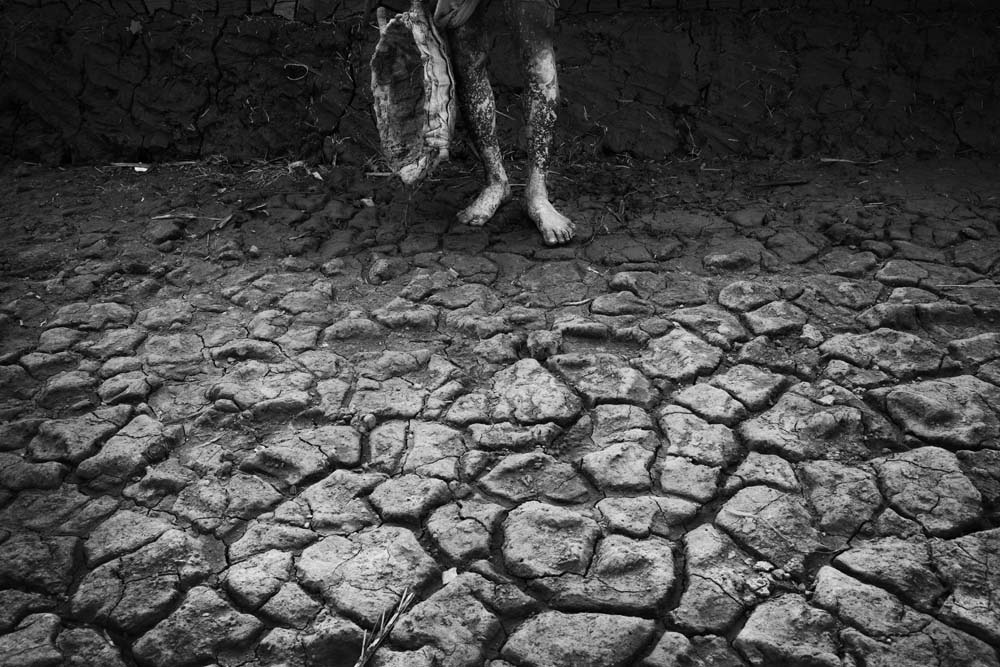Aaron Bradbrook is a Perth, Australia, based documentary photographer. Born in Adelaide he moved to Perth to study at Edith Cowan University. In 2011 he travelled to Arizona State University to study under Besty Schneider, Mark Klett and Bill Jenkins (curator of the infamous New Topographics exhibition in New York, 1975). In early January, 2012, he travelled to Bangladesh to document a water crisis on the island of Gabura. These images are from this series titled Salt In The Wound.
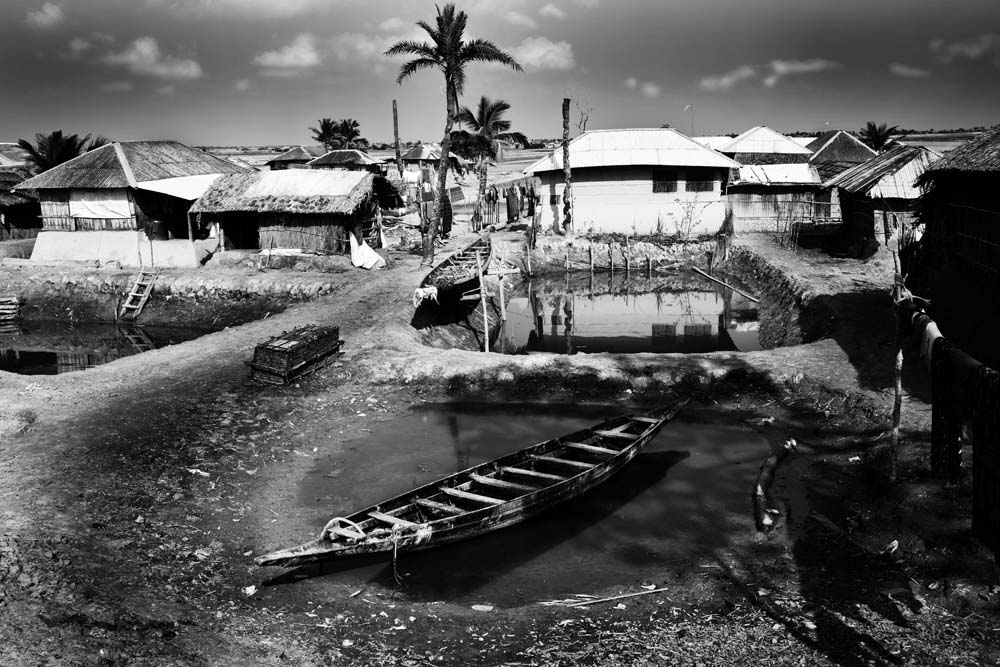
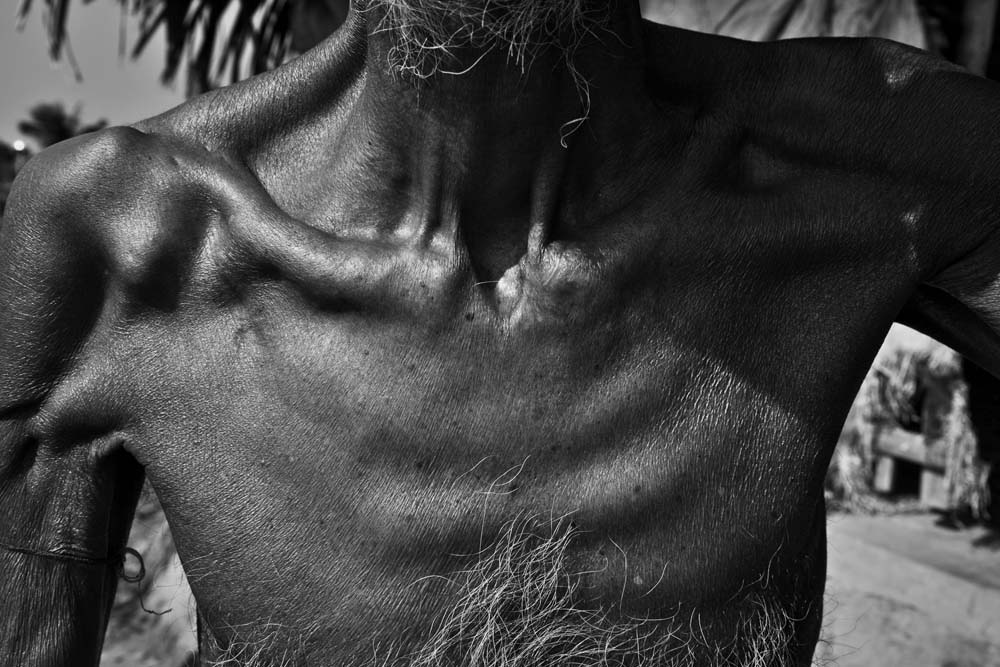
Salt In The Wound
Gabaru, Bangladesh
Shrimp is one of the most popular forms of seafood on the planet with approximately 5 million tons being produced every year. Bangladesh is one of the world’s top eight producers of shrimp exporting predominately to the United States, Europe and Japan. Around a third of the shrimp that is consumed worldwide is being produced in on land fields pumped with salt water rather than being caught naturally. This is due to government restrictions preventing the use of rivers to farm naturally, Gabura is a shrimp-producing island located in the far southwest of Bangladesh.
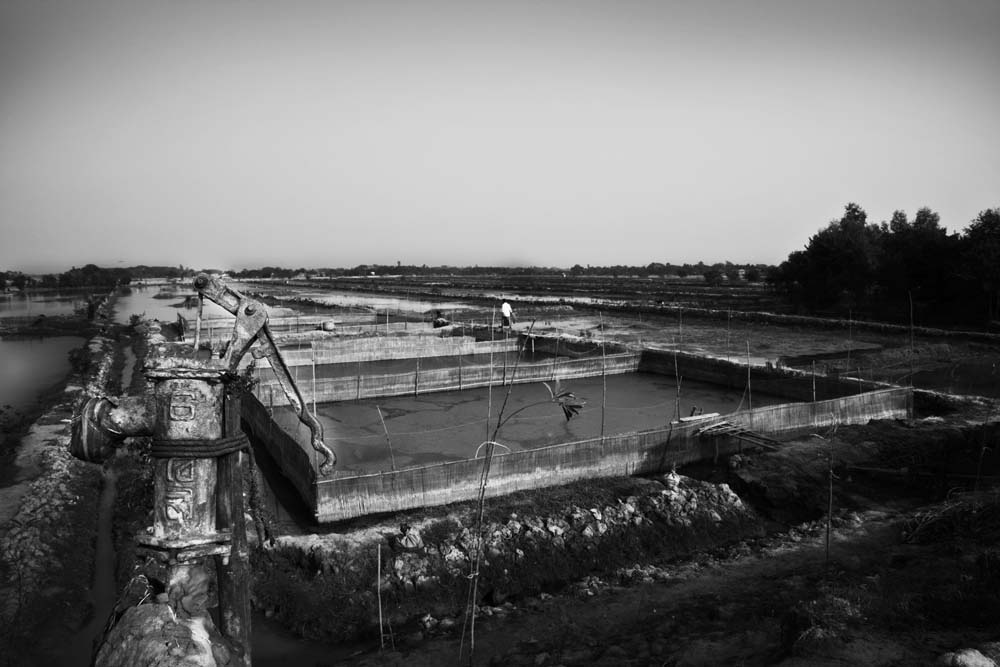

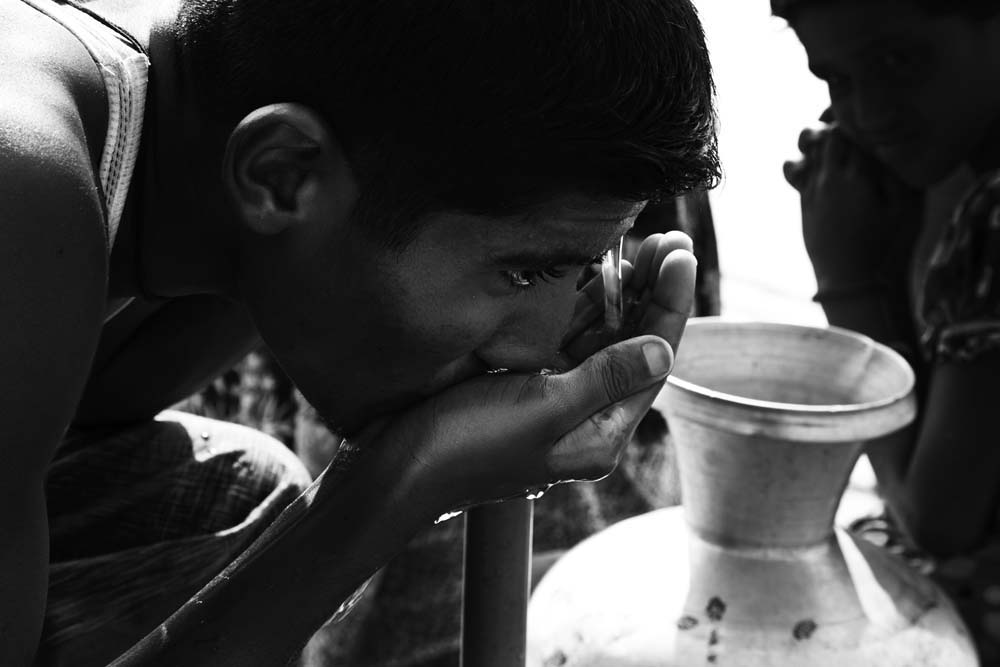
Home to a few thousand where the water is limitless but not a single drop to drink. For many years floods and the rising number of shrimp farms have been the major factors pouring heavily salted water inland resulting in the deterioration of homes, lives, agriculture, food supplies and fresh water. Rice farming which once was the primary source of sustaining this village has been ruined and replaced by shrimp farms leaving this as one of the only places to turn to, for the few who can gain employment. And for the others straying as far as fifty miles deep into the Sundarban to gather fresh fish have the threats of money hungry pirates and the veracious Royal Bengal Tiger to worry about. All of this in return for as little as two-dollars-thirty a day.
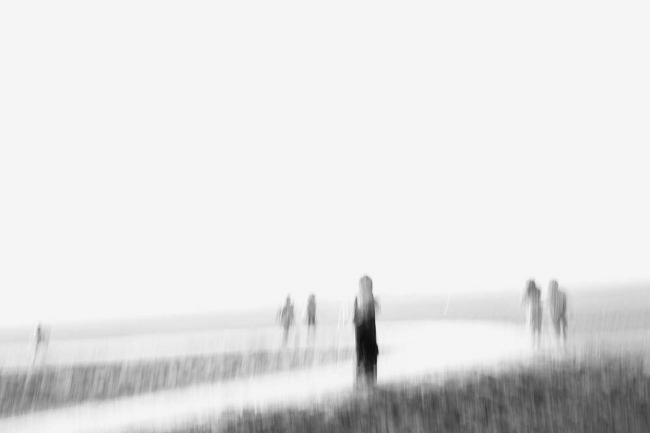
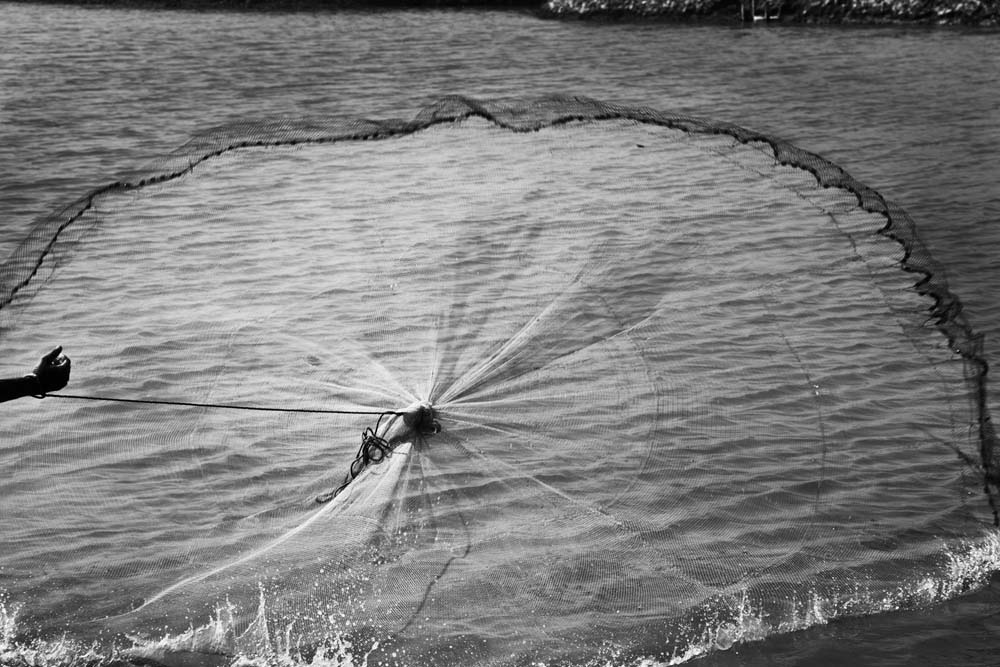
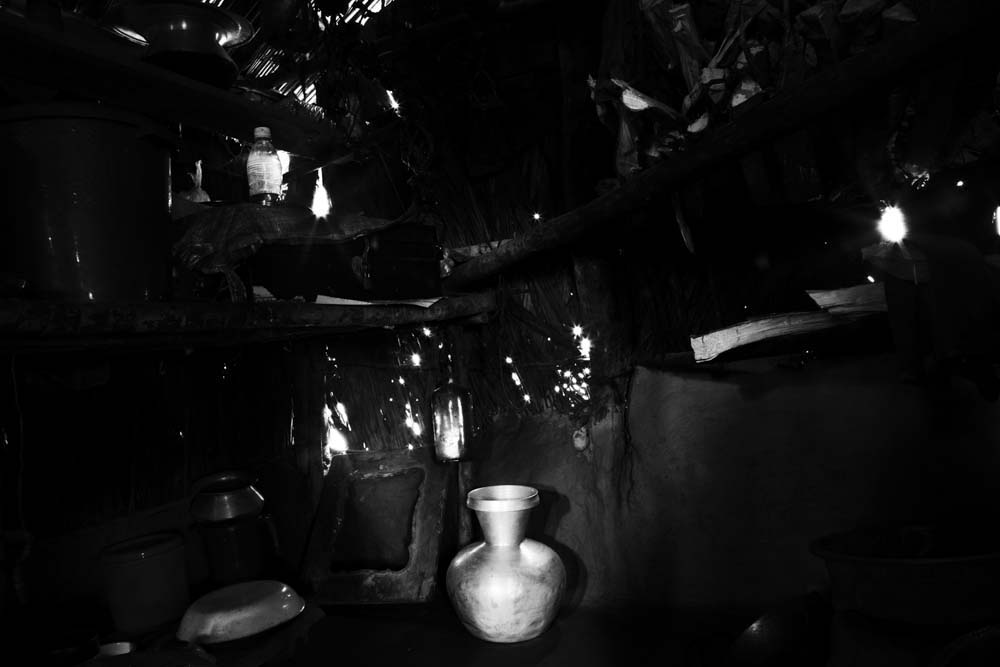
At 2 p.m. on September 25, 2009, cyclone Aila struck the village destroying everything in its path and further placing slat in the wound of Gabura people. All that remained was one pond unpolluted with salt water. This one pond is the only source of fresh water for the entire village. The chore of gathering safe drinking water for some requires trekking up to four miles twice a day across the harsh cracked ground. And for others this daily chore can be limited to only a few times a week if they have the right storage facilities. With continuous flooding and the constant threat of cyclones as a result of climate change immigration becomes a desirable option. But, for those who cannot afford this luxury staying and fighting is the only thing left.


